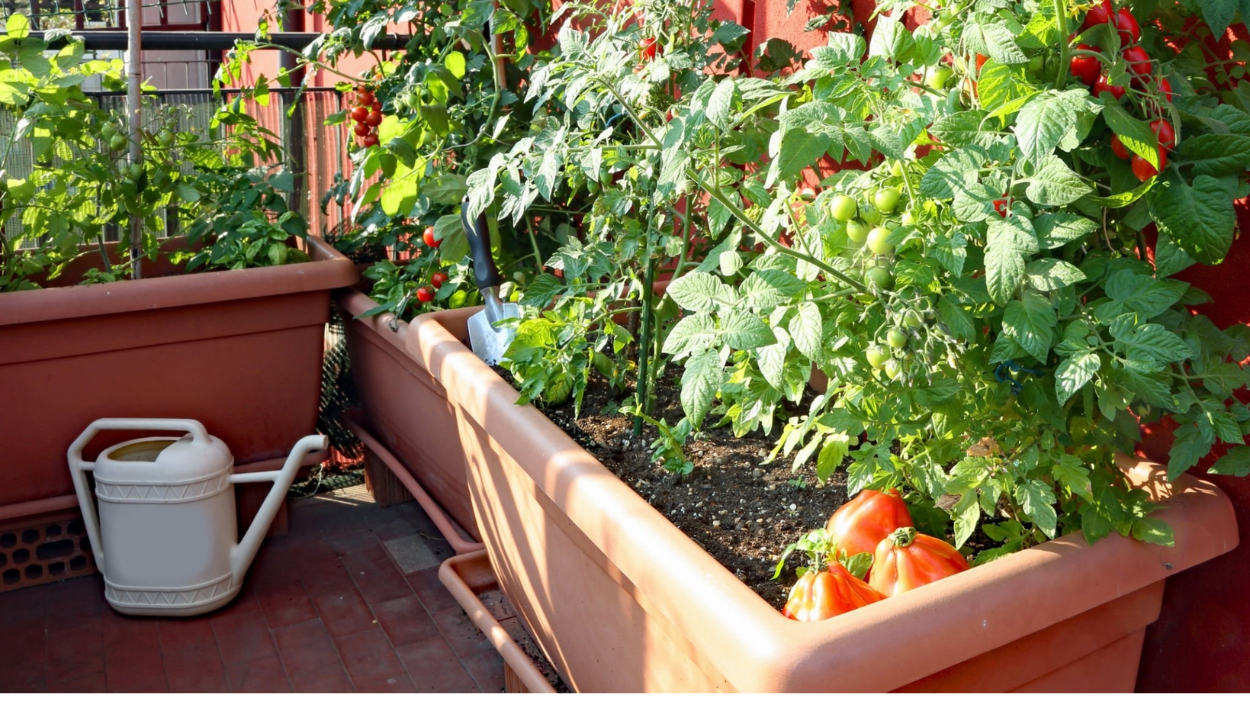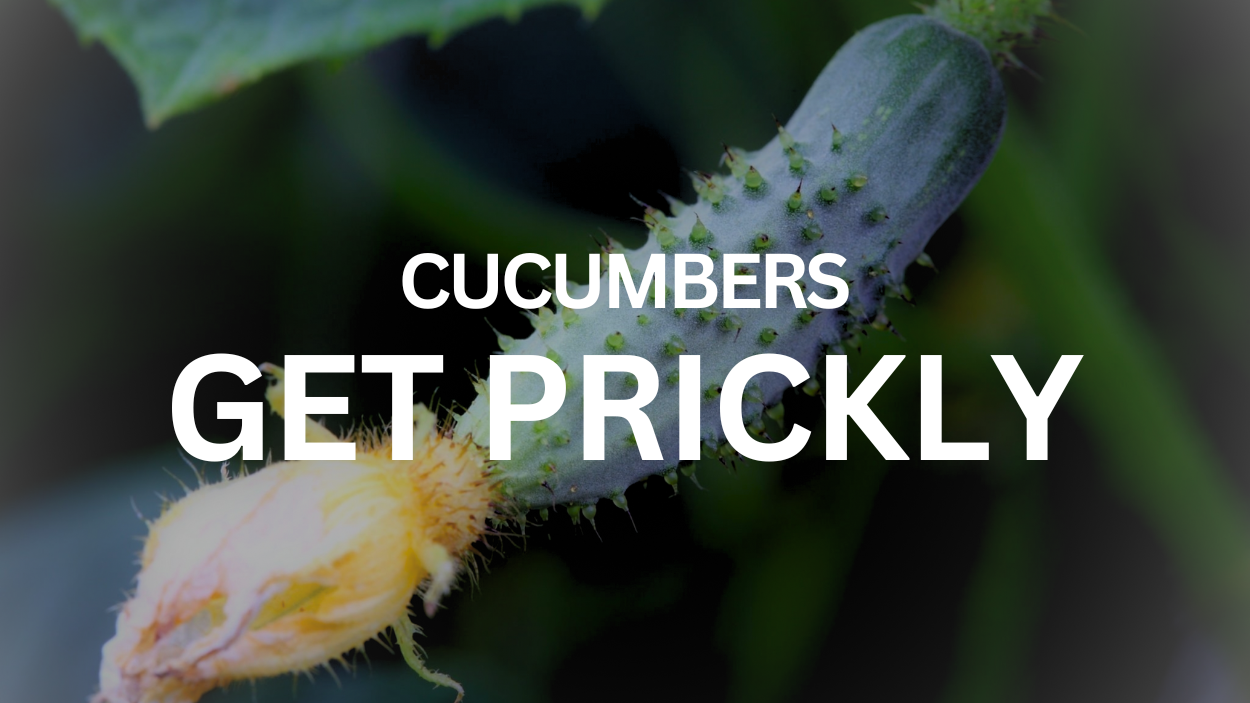Yellowing of sweet potato leaves can be concerning for gardeners, as it indicates an underlying issue that needs attention. Several factors can contribute to this problem, including nutrient deficiencies, overwatering or underwatering, pest infestations, fungal diseases, or environmental stress. Identifying the specific cause is crucial for implementing the right solution.
Reasons Behind Yellowing Sweet Potato Leaves
Conducting a soil test to determine nutrient imbalances, adjusting watering practices, and addressing pest or disease issues through organic methods are important steps to revive the health of the plants. Additionally, ensuring proper environmental conditions, such as providing adequate sunlight and maintaining optimal temperatures, can promote leaf health. In short, the four main reasons leading to potato leaves turning yellow are nutrient deficiencies, overwatering or underwatering, pest infestations, and diseases.
Nutrient deficiencies
One of the main reasons for potato leaves turning yellow is nutrient deficiencies, particularly a lack of nitrogen. Nitrogen is an essential nutrient for healthy plant growth and chlorophyll production. When nitrogen levels are insufficient, the leaves may start to turn yellow, indicating a lack of vigor. Regular soil testing can help identify nutrient deficiencies, and addressing them through proper fertilization and soil amendment can restore the health of the plants and prevent further yellowing.
Overwatering or underwatering
Improper watering practices can also lead to yellowing of potato leaves. Overwatering can cause waterlogged soil, depriving the roots of oxygen and leading to root stress and nutrient deficiencies. On the other hand, underwatering can result in dry soil conditions, causing stress and leaf wilting. Maintaining consistent moisture levels in the soil, providing adequate drainage, and watering plants appropriately based on their needs can help prevent yellowing caused by water-related issues.
Pest infestations
Various pests, such as aphids, potato beetles, or nematodes, can infest potato plants and cause damage to the foliage. These pests feed on the leaves, sucking out plant fluids and weakening the plants' overall health. As a result, the leaves may turn yellow, withered, or develop spots. Implementing integrated pest management strategies, including regular monitoring, proper identification, and appropriate pest control methods, can help manage infestations and prevent further yellowing of the leaves.
Diseases
Several diseases can affect potato plants and lead to yellowing of the leaves. Late blight, for example, is a common and destructive disease that causes yellowing and browning of the foliage. Bacterial wilt is another disease that can cause yellowing and wilting symptoms. Proper disease prevention measures, such as planting disease-resistant varieties, practicing crop rotation, providing adequate air circulation, and promptly removing and destroying infected plants, can help minimize the risk of diseases and the subsequent yellowing of potato leaves.
Solutions for Yellowing Potato Leaves:
Nutrient: Address nutrient deficiencies by fertilizing the soil with an appropriate fertilizer rich in nitrogen and other essential nutrients. Follow recommended application rates and timing for optimal results. Organic fertilizers, such as compost or well-rotted manure, can also provide a slow-release source of nutrients.
Watering: Adjust watering practices to maintain consistent moisture levels in the soil. Water the plants deeply but infrequently, allowing the soil to partially dry out between waterings. Improving soil drainage by amending with organic matter can also help prevent waterlogging.
Pest: Identify and manage pest infestations promptly. Use organic pest control methods such as handpicking pests, applying insecticidal soap or neem oil, or introducing beneficial insects like ladybugs or predatory nematodes. Regularly inspect plants for signs of pests and take appropriate action when necessary.
Diseases: Practice good sanitation by removing and destroying infected plants to prevent the spread of diseases. Plant disease-resistant varieties whenever possible. Provide adequate air circulation by spacing plants appropriately and avoiding overcrowding. Apply organic fungicides or copper-based sprays as preventive measures if disease outbreaks are common in your area.
Frequently Asked Questions
Q: Can yellowing potato leaves be reversed?
A: In some cases, yellowing potato leaves can be reversed by addressing the underlying cause, such as nutrient deficiencies or watering issues. However, it depends on the severity of the damage and the overall health of the plants. Timely intervention and appropriate solutions increase the chances of restoring the plants' health and improving leaf color.
Q: How can I prevent nutrient deficiencies in potato plants?
A: To prevent nutrient deficiencies, ensure that the soil is adequately amended with organic matter and fertilize the plants with a balanced fertilizer. Conducting regular soil tests can help identify any nutrient imbalances and allow for targeted fertilization. Additionally, practicing crop rotation, which helps prevent nutrient depletion in the soil, can contribute to overall plant health.
Q: What are the signs of pest infestations in potato plants?
A: Signs of pest infestations in potato plants include holes in leaves, chewed foliage, the presence of insects or larvae, or stunted growth. Regularly inspect the plants for any signs of pest activity and take appropriate measures for pest control to prevent further damage.
Q: Are yellowing potato leaves always a sign of disease or pests?
A: No, yellowing potato leaves can have various causes, including nutrient deficiencies, overwatering, or environmental stress. While diseases and pests can lead to yellowing leaves, it is essential to assess the overall health of the plant and consider other possible factors before assuming a disease or pest infestation.
Final Thought
In conclusion, yellowing potato leaves can be a cause for concern among gardeners, as they indicate underlying issues that need attention. By identifying the specific cause, such as nutrient deficiencies, watering problems, pest infestations, or diseases, gardeners can implement targeted solutions to restore the health and vigor of their potato plants. Timely intervention, proper care, and preventive measures are key to maintaining healthy foliage and promoting a successful potato crop. Remember to regularly monitor the plants, provide optimal growing conditions, and take proactive steps to address any issues that arise. With proper care and attention, you can overcome yellowing leaves and enjoy a bountiful harvest of healthy and vibrant potatoes.




